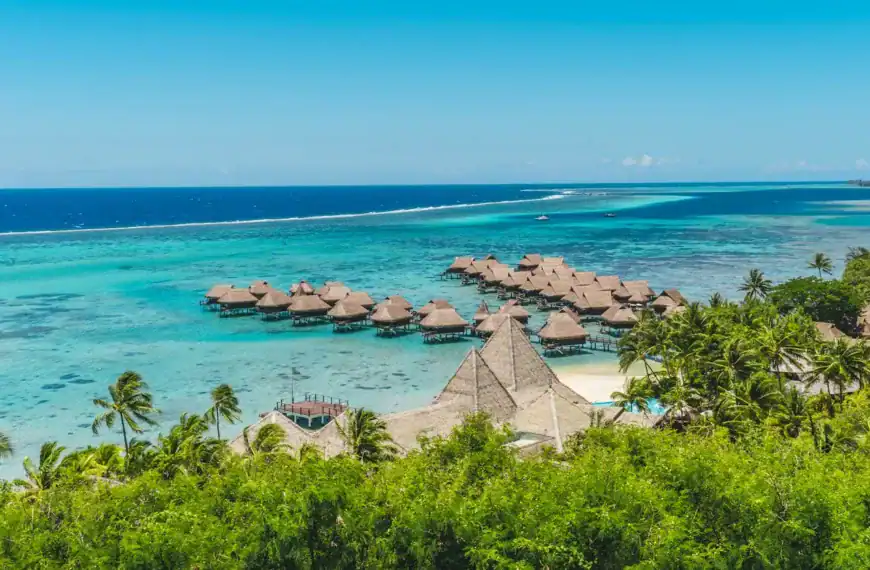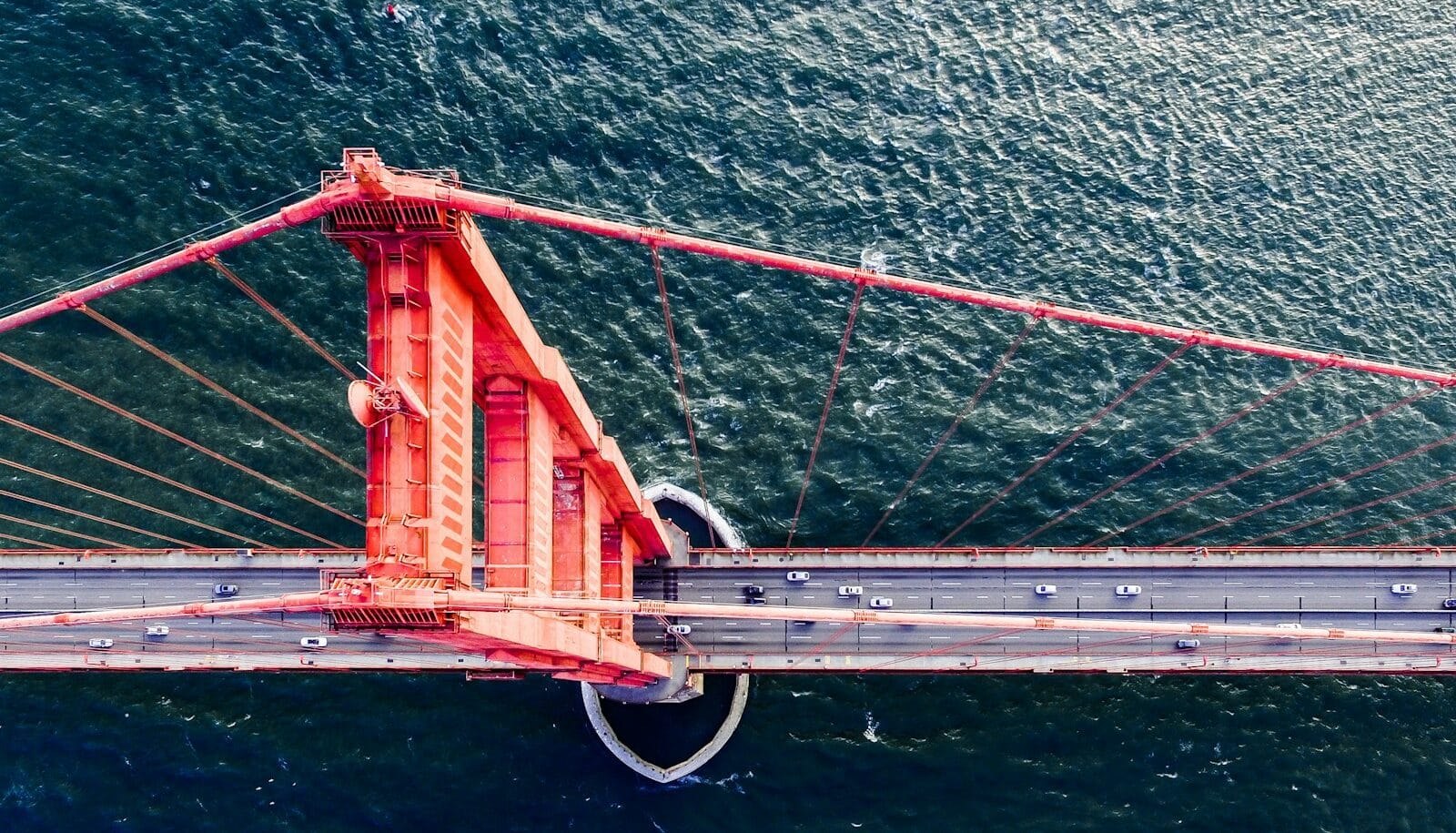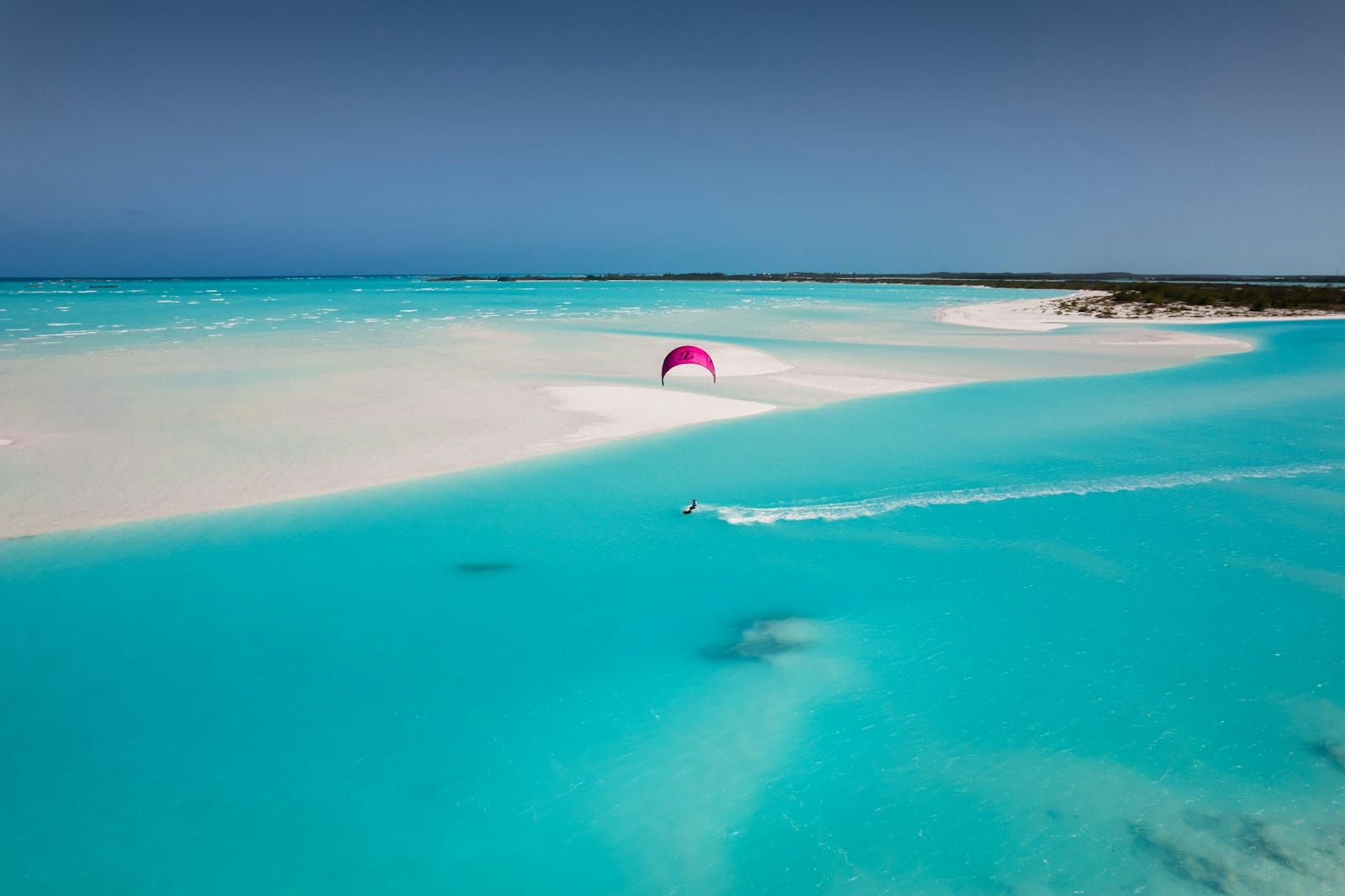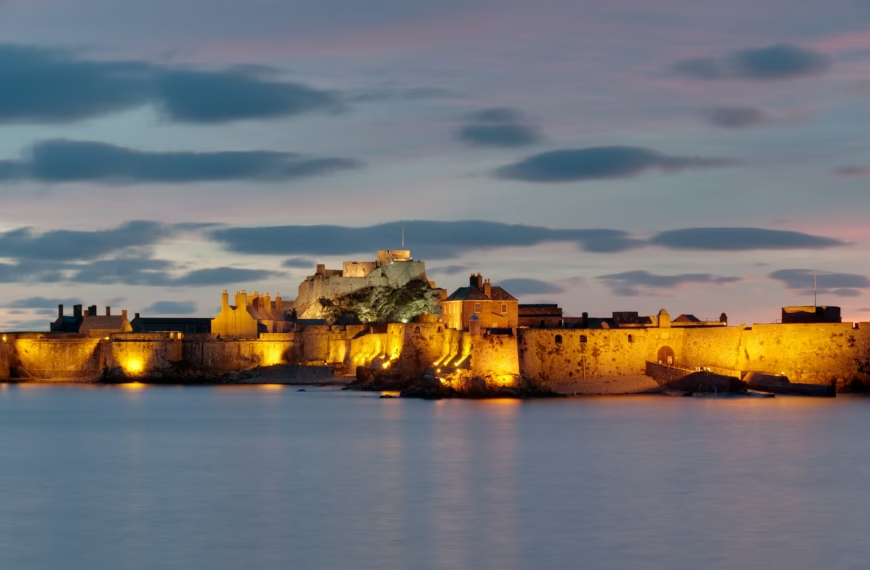Bonaire Travel Guide: Coral Reefs, Wild Coasts & Caribbean Calm
Intro to Bonaire Travel Guide
Start planning your journey with our complete Bonaire Travel Guide — from world-renowned diving reefs and flamingo sanctuaries to windsurfing lagoons and desert-meets-ocean landscapes.
Part of the Dutch Caribbean and located just off the coast of Venezuela, Bonaire is a diver’s paradise and an island that proudly champions nature over crowds. It’s where marine parks encircle the coast, donkeys roam freely, and pastel buildings line quiet waterfronts. Whether you’re gliding over coral gardens, exploring cactus-strewn trails, or simply watching pelicans dive at sunset, Bonaire invites slow, sustainable travel with unforgettable moments above and below the surface.
Explore immersive Bonaire tours and experience unforgettable things to do in Bonaire — from reef dives and mangrove kayaking to salt flat photography and cave explorations.
Where to Go in Bonaire
Kralendijk | Rincon | Sabadeco | Tera Kora
💡Quick Facts:
Destination: Bonaire
Continent: North America (Caribbean)
Country: Netherlands (special municipality)
Administrative Division: Caribbean Netherlands
City: Kralendijk (capital)
Area: 294 km² (113.5 mi²)
Population: ~23,000 (2024 est.)
Density: ~78 people/km²
Capital: Kralendijk
Regions/Subregions: Northern Bonaire (National Park), Southern Bonaire (salt flats), Klein Bonaire (islet)
Official & Regional Languages: Dutch (official), Papiamentu, English, Spanish widely spoken
Currency: US Dollar (USD)
Time Zone(s): Atlantic Standard Time (AST, UTC–4)
Airports: Flamingo International Airport (BON)
Climate: Arid tropical; hot, sunny, breezy year-round
Known For: Shore diving, coral reefs, salt pans, flamingos, windsurfing, eco-tourism, marine sanctuaries
🛂Arrival Info:
– Visa-free entry for U.S., Canada, EU, UK, Caribbean nations, and most Latin America (up to 90 days)
– No visa-on-arrival; others require a short-stay visa via Dutch embassy
– Stays over 90 days require extension application
– No ETIAS required until EU system launches
– Entry requires return/onward ticket, sufficient funds
– Immigration & Naturalisation Service – Caribbean Netherlands
– Bonaire Entry Requirements
💉Health Info:
– Routine vaccinations: Hepatitis A, Typhoid, Tetanus, COVID-19 recommended
– Mosquito-borne illnesses: low risk; dengue possible, especially rainy season
– Main hospital: Fundashon Mariadal (Kralendijk)
– Clinics and pharmacies available in main town
– Travel insurance with medical coverage advised
– No malaria or yellow fever risk
✅ Check travel insurance options for travel emergencies, delays, and medical needs abroad — Get coverage here
✅ Stay Informed with Official Updates: WHO – International Travel & Health | CDC – Travel health updates
🚨Travel Advisory:
– Very low crime; standard precautions suffice
– Petty theft possible in tourist areas; lock valuables in accommodations
– No civil unrest, protests, or political instability
– LGBTQ+ travelers welcomed; Dutch legal protections apply
– Hurricanes rare but possible June–November
✅ Stay Informed with Official Updates: US Travel Advisory | UK Foreign Travel Advice
📅Holidays:
– Bonaire Day (Sep 6) – Cultural parades and events
– Carnival Season (Feb/Mar) – Parades in Rincon and Kralendijk
– King’s Day (Apr 27) – Celebrates Dutch monarchy
– Sinterklaas (Dec 5) – Dutch-Caribbean traditions
– Christmas & New Year – Fireworks and local festivals
💰Visitor Info:
– Currency: U.S. Dollar (USD)
– Credit cards accepted widely; some small shops prefer cash
– Tipping: 10–15% standard, or included in bills
– Tourism tax: $75 per non-resident adult (entry tax, paid online or at airport)
– Budget: $100/day (budget), $200–350/day (midrange), $400+/day (luxury diving/lodges)
✈️Airports:
– Flamingo International Airport (BON)
– IATA: BON
– Location: near Kralendijk, ~5 km from town
– Type: International
– Direct flights from: Amsterdam, Miami, Atlanta, Houston, Aruba, Curaçao
– Carriers: American Airlines, Delta, United, TUI fly Netherlands
✅ Delayed or canceled flight? Check if you’re eligible for compensation
🚍Transport:
– No public buses; rental cars, scooters, and bikes are common
– Taxis available; prices fixed by zone, not metered
– Drive on the right; valid foreign driver’s license accepted
– Roads are paved near town; unpaved in remote areas
– No ride-hailing apps currently available
– Parking is free and easy around the island
✅ Book reliable airport transfers and in-city rides in advance. Reserve your ride here
📶Connectivity:
– SIM cards available: Digicel and Telbo
– 4G coverage good in most areas
– eSIM support limited
– Free Wi-Fi in most hotels, resorts, and dive shops
– Roaming available for U.S. carriers (check rates)
✅ Stay connected abroad with affordable eSIM data packs. Get your eSIM here
📜Laws & Etiquette:
– Legal drinking age: 18
– Casual beach attire is fine, but cover up in town areas
– LGBTQ+ rights protected under Dutch law
– Conservation laws enforced: no touching coral, no spearfishing
– Take nothing from the sea or park areas
– Politeness and greetings expected in shops and restaurants
🛡️Emergency Info:
– Emergency: 911 (police), 912 (ambulance/fire)
– Fundashon Mariadal Hospital: Kaya Soeur Bartola, Kralendijk – +599 715-8900
– U.S. Citizens: Consular services via U.S. Consulate General in Curaçao
– Tourist assistance: Bonaire Tourism Corporation – +599 717-8322
✅ Use embassy locator tools: Embassies Worldwide
🌦️Weather:
– Warm and dry year-round: 28–32°C (82–90°F)
– Best time to visit: November–April (less humidity, better underwater visibility)
– Rainy season: October–January (brief showers)
– Constant trade winds make it ideal for wind/kite surfing
– Hurricane belt fringe – storms rare but possible late summer
✅ Stay prepared—check the weather forecast for your destination — Weather Forecast
Bonaire by Region – Where to Go
Though small (just 24 miles long), Bonaire offers remarkable geographic and activity variety across its regions.
Kralendijk (West Coast)
- Kralendijk: The island’s colorful capital with waterfront dining, boutique shops, and easy access to dive centers and snorkel beaches.
- Eden Beach & Bari Reef: Great shore diving spots close to town.
Southern Bonaire
- Salt Flats: Pink-hued landscapes with windmills and salt pyramids — a surreal sight.
- Pekelmeer Flamingo Sanctuary: One of only four places in the world where flamingos breed.
- Lac Bay: A shallow turquoise lagoon perfect for windsurfing and paddleboarding.
Northern Bonaire
- Washington Slagbaai National Park: A rugged preserve of desert cacti, limestone cliffs, secluded beaches, and native wildlife. Great for hiking, snorkeling, and scenic drives.
- Goto Lake: A scenic spot where you can spot flamingos and explore peaceful viewpoints.
Klein Bonaire (Uninhabited Islet)
- A short boat ride from Kralendijk, this small island offers pristine white sand and phenomenal snorkeling.
Top Places to Visit in Bonaire
Nature Escapes
- Washington Slagbaai National Park – Hike cactus trails, snorkel remote beaches, and photograph wildlife.
- Goto Lake – Spot flamingos in a serene, untouched landscape.
Coastal Adventures
- 1000 Steps Beach – Not actually 1,000 steps, but a stunning snorkeling and diving site with dramatic cliff access.
- Lac Bay – Calm, shallow waters ideal for windsurfing and sea turtle spotting.
- Salt Flats & Pink Lakes – A striking sight and Instagram favorite.
Underwater Attractions
- Bari Reef – One of the most biodiverse reefs in the Caribbean.
- Hilma Hooker Wreck – A legendary dive to a sunken freighter surrounded by marine life.
- Klein Bonaire – Remote coral snorkeling and nesting turtle beaches.
Cultural & Historical Sites
- Rincon Village – Bonaire’s oldest town, offering a glimpse into traditional island life.
- Slave Huts – Historic reminders of the island’s colonial past, found near the salt pans.
How to Choose Where to Go in Bonaire
Love diving or snorkeling? Base in Kralendijk for shore dives, wrecks, and reef access. Prefer windsurfing or kayaking? Head to Lac Bay on the east coast. Want nature and quiet beaches? North Bonaire’s Slagbaai Park offers raw landscapes, birdwatching, and hidden bays.
Pairings to consider:
- Kralendijk + Klein Bonaire – Culture and beach perfection
- South Coast + Salt Flats – Wildlife photography and surreal scenery
- Lac Bay + Rincon – Wind sports and cultural immersion
- North Coast + Slagbaai – Rugged hikes, cliff views, and total seclusion
How to Get Around Bonaire
- Car Rental
Essential for exploring beyond Kralendijk. Roads are in good condition, though Slagbaai Park requires high-clearance vehicles. - Scooters & Bikes
Available for rent in town — good for short distances or local exploration, but heat and wind make long rides tough. - Taxis & Shuttles
Limited availability. Best to arrange through your hotel or tour provider. - Water Taxis
Regular boats run from Kralendijk to Klein Bonaire for beach days and snorkeling.
Travel Budget & Costs in Bonaire
Bonaire caters to mid-range and high-end travelers, but budget options exist for savvy planners.
Daily Budget Estimates
- Budget: $75–$100 (hostels, beach picnics, shore dives)
- Mid-range: $150–$250 (guesthouses, dive packages, car rental)
- Luxury: $300+ (resorts, private guides, gourmet dining)
Sample Costs
- Shore dive tank rental: ~$15–$20
- Day trip to Klein Bonaire: ~$20–$35
- National Park entry: $45 for a yearlong nature tag (required for divers)
- Local meal: $10–$20
Money Tips
- U.S. dollars are accepted island-wide
- Many dive sites are free-entry from shore
- Book dive packages or accommodation bundles to save
Best Time to Visit Bonaire
- Year-Round Appeal
Bonaire lies outside the hurricane belt and offers stable, sunny weather nearly all year. - Peak Season (Dec–April)
Dry, sunny, and busy — ideal for diving and water sports. - Shoulder Season (May–June, Sept–Oct)
Fewer tourists and great value. Calm waters are excellent for snorkeling. - Wind Season (Jan–July)
Best time for windsurfing and kiteboarding on Lac Bay and Atlantis Beach.
Must-See Experiences in Bonaire
- Shore dive across the island’s coral reef, with over 80 marked sites
- Snorkel Klein Bonaire, where sea turtles nest in clear, calm waters
- Spot flamingos and pink lakes at the southern salt flats
- Windsurf Lac Bay, a flat, shallow paradise with consistent breezes
- Explore caves and underground pools, some with petroglyphs and bats
- Drive Washington Slagbaai Park, stopping for snorkel swims and lookout points
- Attend a traditional Simadan festival, celebrating local harvest and music
- Sample local cactus liqueur or lionfish ceviche in Rincon
Book immersive Bonaire tours and experience unforgettable things to do in Bonaire — from coral reef diving and salt flat exploration to cave swims and flamingo encounters.
Best Travel Itineraries in Bonaire
3-Day Highlights Itinerary
- Day 1: Kralendijk + snorkeling near Bari Reef
- Day 2: Klein Bonaire beach day + evening rum tasting
- Day 3: Salt Flats + Slave Huts + Flamingo spotting
5-Day Explorer Itinerary
- Days 1–2: Shore diving near Kralendijk
- Day 3: Lac Bay (windsurfing or kayaking)
- Day 4: Slagbaai National Park (hiking, cliff views)
- Day 5: Rincon + caves or cactus distillery visit
7-Day Nature & Culture Mix
- Combine all above with a deeper dive into Bonaire’s marine parks, local food, and cultural events
Local Cuisine & Culinary Experiences
Must-Try Dishes
- Kabritu Stobá – Goat stew slow-cooked with spices and vegetables
- Lionfish – An invasive species now turned into delicious ceviche or fillets
- Funchi & Tutu – Cornmeal sides often served with stews
- Pastechi – Fried pastries filled with cheese, meat, or fish
- Cactus Soup – Traditional stew made from native cactus
- Fresh Seafood – Snapper, conch, and shrimp grilled beachside
Where to Eat
- It Rains Fishes – Upscale waterfront dining
- Posada Para Mira – Traditional fare with views over Rincon
- Cactus Blue – Burgers and wraps from a popular food truck
- Mezze – Middle Eastern flavors with Caribbean ingredients
Taste your way through Bonaire with lionfish tacos, cactus cocktails, and open-air grills glowing under sunset skies.
Travel Safety & Cultural Etiquette in Bonaire
Safety
Bonaire is one of the safest Caribbean destinations. Violent crime is virtually nonexistent. Take standard precautions with valuables.
Cultural Etiquette
- Greetings are polite and friendly — say “Bon dia” (Good day)
- Respect nature — don’t touch coral or remove shells
- Modest dress is appreciated in towns and villages
- Tipping 10–15% is standard if not already included
Where to Go Next – Pair Bonaire with These Destinations
- Curaçao – Lively culture, colonial towns, and direct ferry or flights
- Aruba – More resorts and nightlife, less nature-focused
- Colombia (Cartagena) – Culture-packed cities with Caribbean flair
- Panama – For island-hopping and eco-adventure combos
Curaçao Travel Guide | Aruba Travel Guide | Colombia Travel Guide | Caribbean Island Hopping Guide
Final Planning Checklist for Bonaire
• Book diving packages and rental cars early, especially in peak season
• Confirm your STINAPA nature fee tag before entering parks or marine sites
• Pack reef-safe sunscreen, water shoes, and underwater camera gear
• Bring polarized sunglasses for glare and flamingo spotting
• Download offline maps for remote beaches and park trails
• Carry small bills in USD for markets, snacks, and tips
• Stay hydrated — Bonaire is sunny and dry year-round
• Respect protected areas and support eco-certified tours
Explore Bonaire with confidence using our trusted tips, local insights, and region-by-region planning tools.
For more expert travel tips, practical strategies, and trusted tools — visit our Homepage and get inspired for your next trip.










